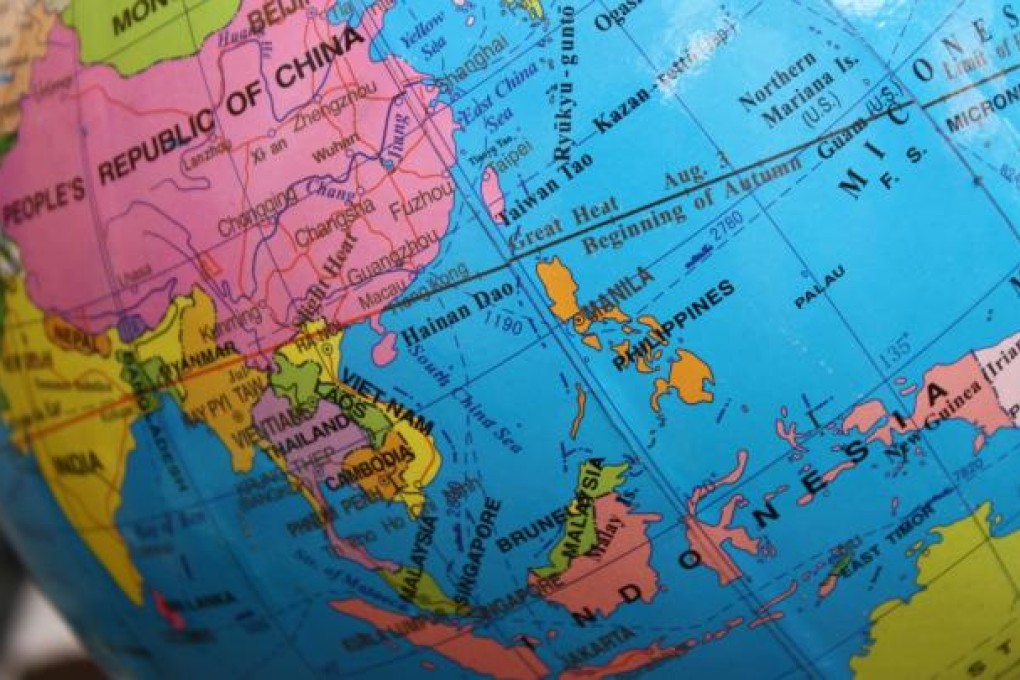Opinion | Battle of the South China Sea charts
Greg Torode maps out the territorial disputes in the South China Sea, which came to a head with China's controversial nine-dash line

Welcome to the great South China Sea battle of maps. While fears mount over the risk of conflict or miscalculation in an increasingly militarised expanse, this particular skirmish has already been under way for years.
A very public front opened in the fight late last year when China, in a sly piece of cartographic manoeuvring, included its controversial "nine-dash line" claim to virtually the entire sea in its new passports along with other disputed borders. India, Vietnam and the Philippines were swift to protest - and forced to launch bureaucratic countermeasures.
Less visibly, the battle of maps has been a long-running war of attrition as various claimants desperately attempt to create evidence of sovereignty.
Back in 2009, it was a map of the nine-dash line affixed to a formal Chinese protest note to the UN against Vietnam and Malaysia that, in part, inspired mounting regional concern at Beijing's diplomatic and military assertiveness.
China's nine dashes can be found in all manner of official and private contexts, from state-published national maps and airline magazines to route maps and corporate reports.
Three years ago, I noticed an inflatable beach-ball globe for sale in a Sydney airport bookstore. As it was made in China, it naturally featured a tiny nine-dash line - not that Australia officially dignifies it.
Vietnam is no slouch on the cartographic front, either. For years, its maps have included detailed insets of the disputed Paracels and the Spratly archipelagos - without spelling out the eastern extent of its claims.
